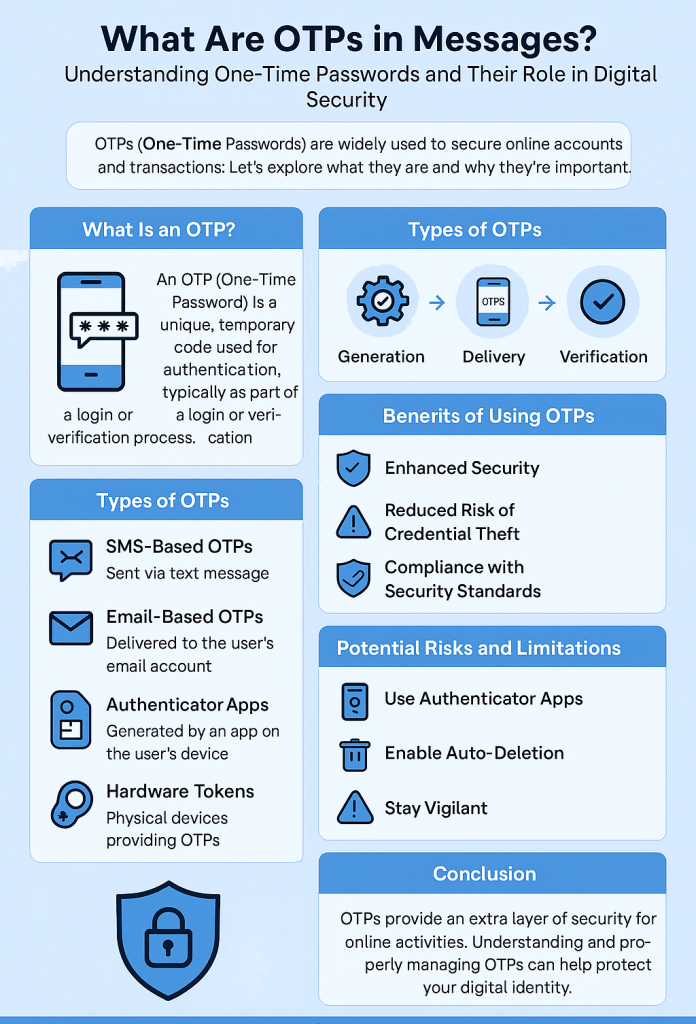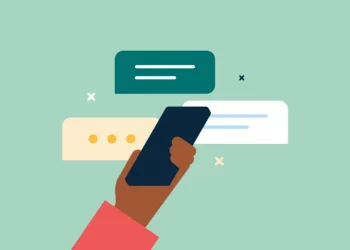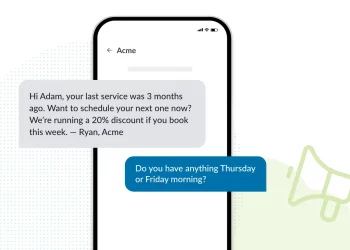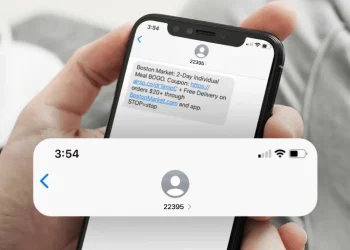In today’s digital world, keeping your online accounts safe is key. One-time passwords (OTPs) are a big help in this area. Special codes are sent to ensure you’re trying to log in or make a purchase. Knowing about OTPs is essential for anyone online.
What Is an OTP Message?
An OTP message sends you a unique password. It’s usually sent via SMS, email, or app notification. This password is only suitable for one use, and then it’s gone, making things safer.
How OTPs Work
OTPs use special algorithms to create unique codes. When you try to log in or make a purchase, the system sends you an OTP. You then enter this code to prove it’s you.

Types of OTPs
SMS-Based OTPs
These are sent as text messages to your phone. They’re easy to use but risky if someone intercepts them or swaps your SIM.
Email-Based OTPs
These are sent to your email. However, if someone hacks your email, they can also get your OTP.
Authenticator Apps
Apps like Google Authenticator or Authy create OTPs on your phone. They’re safer because they don’t need to go through the internet to reach you.
Hardware Tokens
These are physical devices that generate OTPs. They’re used in secure places but are less common because they’re expensive and not as easy to use.
Benefits of Using OTPs
Enhanced Security
OTPs add an extra layer of security. They make it harder for hackers to get into your account.
Reduced Risk of Credential Theft
Since OTPs are only suitable for one use, hackers cannot use them even if they obtain them.
Compliance with Security Standards
Many rules require using more than one way to log in. OTPs help companies follow these rules.
Potential Risks and Limitations
Phishing Attacks
Scammers might trick you into giving them your OTP. They might send fake messages or websites.
SIM Swap Fraud
Thieves can take over your phone number. This way, they can get your OTPs meant for you.
Delivery Delays
Network problems can slow down OTPs. This can cause trouble or block you from getting in.
Best Practices for Managing OTPs
Use Authenticator Apps
Apps like Google Authenticator or Authy generate OTPs on your phone. They’re safer because they don’t go through the internet.
Enable Auto-Deletion
Some devices can delete OTP messages after a while. This keeps things tidy and safer.
Stay Vigilant
Be careful of messages asking for your OTP. Never give it to anyone.
Conclusion
OTPs are key to protecting online information. Understanding how they work and following best practices can help make your digital world safer.
Frequently Asked Questions (FAQs)
1. What is an OTP in a message?
An OTP, or One-Time Password, is a special code sent to your device. It’s usually via SMS, email, or an app. It’s used to check if you’re you when you log in or make a transaction. This code is only good once, and then is gone, making it safer than regular passwords.
2. How do OTPs enhance digital security?
OTPs add an extra layer of protection. Each code is unique and only works once, so even if someone gets it, they can’t use it again. This helps keep your accounts safe from hackers.
3. What are the different types of OTPs?
OTPs are divided by how they’re made and how you get them:
- Time-based OTPs (TOTP) use the current time to create the code.
- HMAC-based OTPs (HOTP) use a counter that goes up with each use.
- Delivery Channels: You can get OTPs via SMS, email, voice calls, or apps.
4. Are SMS-based OTPs secure?
SMS OTPs do add security, but they’re not perfect. They can be hacked through SIM swaps or network flaws. For better safety, use apps or hardware tokens instead.
5. What should I do if I receive an OTP without requesting one?
If you get an OTP you didn’t ask for, it might mean someone’s trying to get into your account. Here’s what to do:
- Do not share the OTP with anyone.
- Change your passwords right away.
- Turn on two-factor authentication (2FA) if you can.
- Keep an eye on your accounts for any strange activity.
6. How can I manage OTP messages on my device?
To keep your device clean and secure:
- Android Users: Use apps like Google Messages or Microsoft’s SMS Organizer. They can delete OTP messages for you.
- iOS Users: On iOS 17 or later, go to Settings under Password Options. There, you can set up auto-deletion of OTP messages.
7. Can OTPs be used for all types of accounts?
OTPs are great for accounts with two-factor authentication, such as banking, email, social media, and more. However, not all services use OTPs, so check their security settings.
8. What are the limitations of OTPs?
While OTPs are very secure, they’re not perfect. Here are some issues:
- Phishing Attacks: Scammers might trick you into giving them your OTP.
- Delivery Delays: Sometimes, network problems can slow down OTP delivery.
- Dependency on Devices: If you lose your device, you might not get your OTP.
9. Is it safe to use the same OTP across multiple platforms?
No. Each OTP is unique and made for a specific time or action. You can’t use the same OTP on different platforms, which makes OTPs more secure.
10. Are there alternatives to OTPs for authentication?
Yes. You can use biometric methods like fingerprints or facial scans. You can also use security keys or get approvals through push notifications. It all depends on how secure you want it to be and how easy you want it to be to use.












